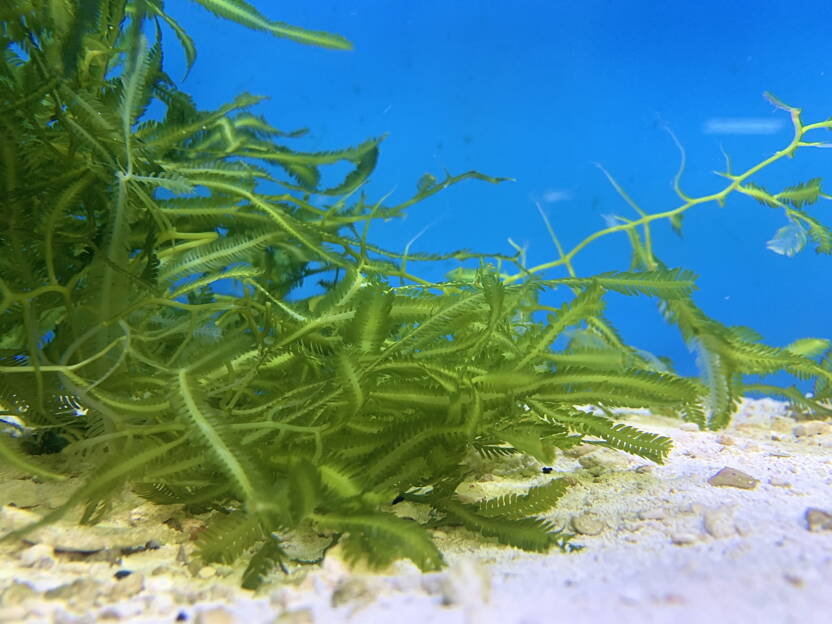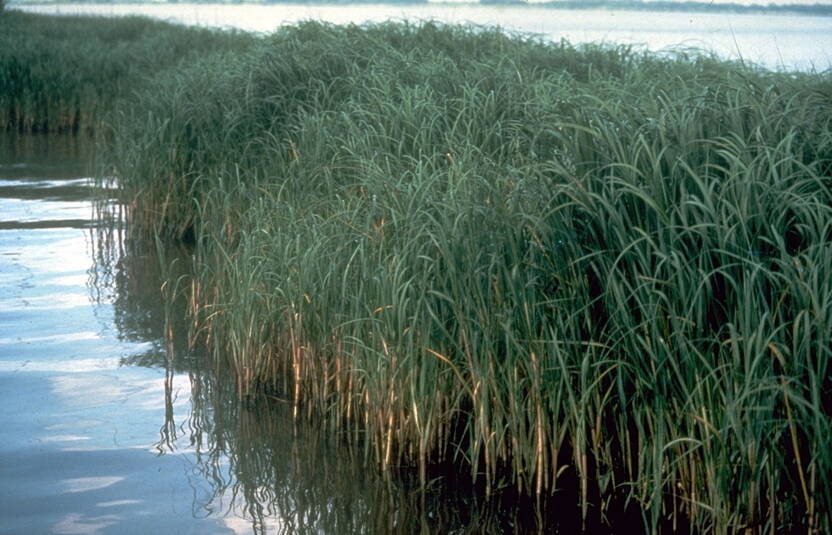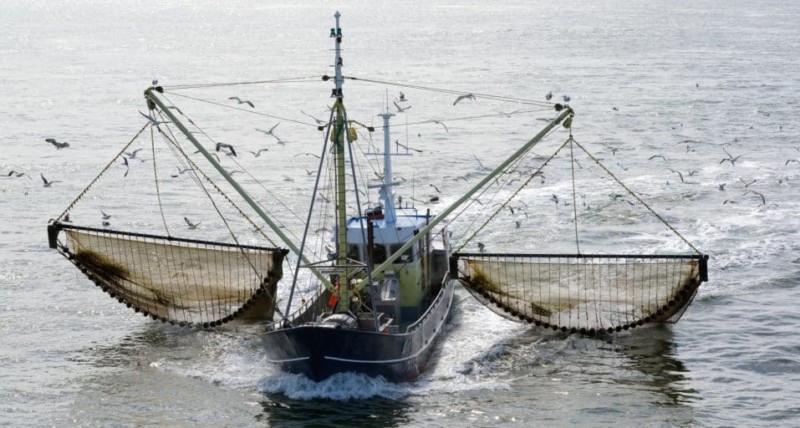Transported by humans, escaped from a research institute (like the poisonous Caulerpa taxifolia in Monaco) or displaced by climate change, certain species of algae are proliferating and threatening biodiversity.
Lophocladia Lallemandii
As a result of global warming, this red alga from the Red Sea and Indian Ocean arrived in the Mediterranean in 2021. The problem is that it secretes toxic molecules to protect itself from predators, and its dense growth could threaten Posidonia meadows.
Caulerpa Taxifolia
Nicknamed the green plague, it invaded the Mediterranean in the 1980s. Toxic to many species, including sea urchins, it is now in sharp decline.

Gracilaria Salicornia
In Hawaii, the corals don’t say thank you… In low-lying waters, this red algae, which arrived in the archipelago in 1978, kills the coral by suffocating it or depriving it of light.
Undaria Pinnatifida
Better known as wakame, this edible brown seaweed is highly prized in Japan and Korea, where it is even cultivated. But it is proving invasive in other waters, from Argentina to Tasmania.
Spartina Alterniflora
Originally from the east coast of the United States, Spartina Alterniflora landed in Brest harbour by accident at the beginning of the 20th century. It colonises mudflats and disturbs the habitat of birds and aquatic species.




